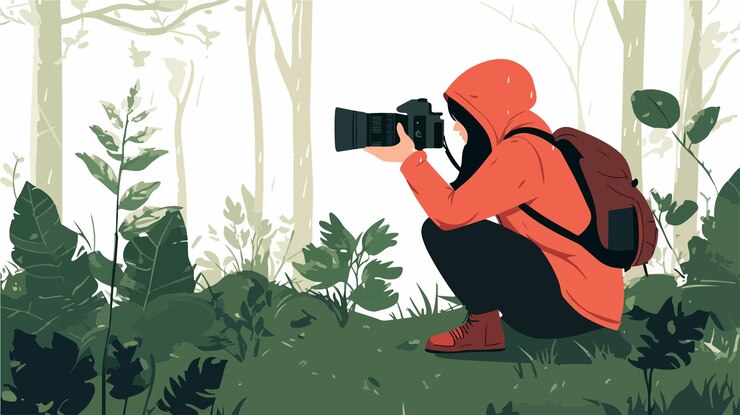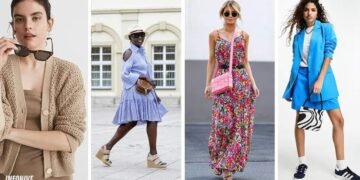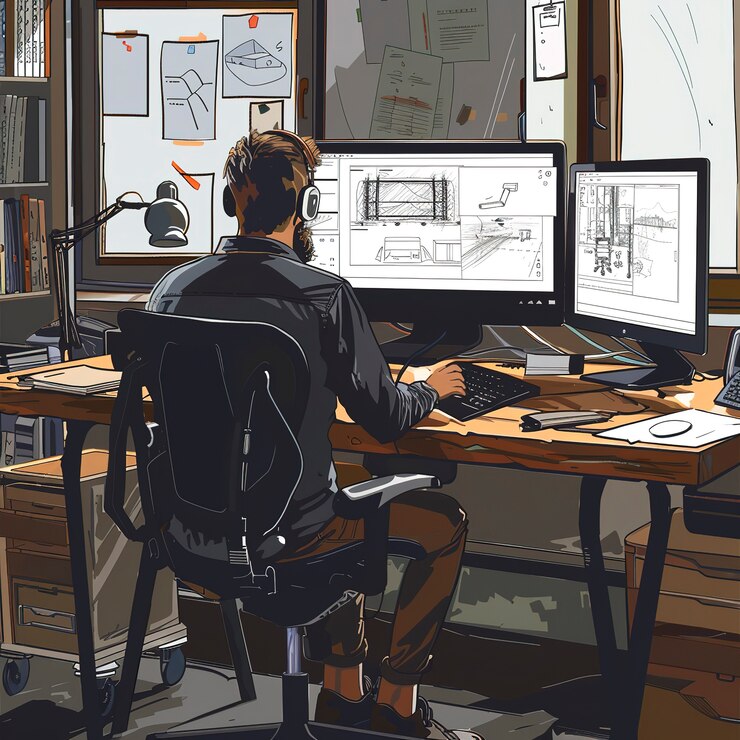Lifestyle photography is a type of photography that organically and aesthetically captures authentic life occasions and situations. Unlike conventional portraits, which are often posed, lifestyle images are taken to capture actual activities in people’s lives. This article looks at the definition of lifestyle photography, when and where it is used, and exciting tips for capturing beautiful lifestyle shots.
A brief analysis of lifestyle photography
Lifestyle photography is all about telling a story. From families laughing during a meal to couples holding hands on a beach to an artist painting, lifestyle photographers try to capture real emotions. The task is not to make an aesthetic picture but an atmosphere, a mood, and its closest equivalent—reality.
It’s pretty different from most other forms of photography because it relies on impulse and real emotions. It is not just about creating an appealing picture of a subject; it is about revealing them as they are, their interests, activities, and attitudes to space.
Elements of Lifestyle Photography

To better understand what lifestyle photography is, let’s break down some of its core elements:
1. Authenticity
The main idea of lifestyle photography is its realism. It’s about taking those moments when they happen instead of trying to make them happen. Lifestyle images are different from posed ones in that the subjects appear to be doing something or communicating with someone, and their emotions are genuine.
2. Storytelling
Any picture in this type of photography should be able to relay a message. It should make the viewer feel like they are witnessing Life, a single frame of time that tells a lot. This is why lifestyle photographers always take their subjects to their homes, in a park, or at their places of work. Environment and objects create depth to a story being told.
3. Natural Lighting
Lifestyle photography is majorly dependent on natural lighting. By applying non-contrasting and non-sharper light, the atmosphere appearing in the advertisements seems rather genuine. On the other hand, lifestyle shots are usually taken outside or in front of large windows due to the natural lighting used in these kinds of shots.
Particular uses of lifestyle photography
Lifestyle photography is the type of photography that can be utilized in different spheres, and certain features describe all of them. Let’s explore some common types:
1. Family Lifestyle Photography
Family lifestyle photography is currently one of the most practiced subgenres of this type. This means taking photographs of families and children playing in the park and at home or preparing food together. Instead, the emphasis is on the relationships between the family members and their affection for each other through the frame.
2. Branding and Commercial Use
Lifestyle photography is not just for personal purposes; it is also widely applied to branding and marketing. Companies employ lifestyle images to represent their products in real Life. For instance, a fashion designer may contract a lifestyle photographer to take shots of models in their clothes strolling in a city or hanging out with friends.
3. Travel and Adventure
Travel photographers use lifestyle photography to reflect the nature of the place by incorporating people in their Environment. While doing lifestyle travel, photographers capture people and attractions within the area and activities conducted in the areas for a broader story.
How to begin Shooting Lifestyle Photography

If you’re interested in exploring lifestyle photography, here are some tips to help you get started:
1. Plan, but Be Flexible
Although lifestyle photography is all about shooting what comes naturally, a little planning goes a long way. Be somewhat rough about the shots you want to try and the story you want to tell. But always be ready for the situation to change if you wish it didn’t. Occasionally, priceless scenes are captured and snapped with no intention of actually doing so.
2. Focus on the Environment
Objects are just as significant in lifestyle photography as people and places are. They assist in narration and prepare the audience for the picture. Always select scenes relevant to the subjects or that help tell a story.
3. Capture Candid Moments
Another element of lifestyle photography is shooting spontaneity. Instead of setting up a request for your subjects to pose, let them do what they want. Remind them to do activities they like. In this case, you should be ready to document the moments of laughter, affection, and playfulness.
The Equipment You Need for Lifestyle Photography
While lifestyle photography doesn’t require as much specialized equipment as other genres, there are still some essentials that can help you achieve the best results:
1. Camera
A DSLR or mirrorless camera with a proper autofocus system is perfect for lifestyle photography. Since you will focus on natural moments, you need a camera that can autofocus on objects.
2. Lenses
With lifestyle photography, it is always good to use a prime lens with a wider aperture, like the 35mm or 50mm f/1.8, because they can shoot in low light and give you a very nice bokeh. Zoom lenses (24-70mm) are also helpful to switch between lenses sparingly.
3. Natural Light Enhancers
Reflectors and diffusers are handy when shooting because most lifestyle photography is shot with natural lighting. The reflector bounces the light to the subject, and the diffuser lessens the sun’s hot light.
Editing Lifestyle Photography

In lifestyle photography, we see that editing plays an important role. Although the work must be done in a way that conforms to natural standards, post-processing can add moods and feelings to the image. Here are some editing tips:
1. Adjust Lighting and Contrast
Even minute changes in brightness, contrast, or shadow areas can dramatically change the final image. The main challenge, therefore, is to make the transitions as natural as possible without making them appear as though they were altered.
2. Maintain Authentic Colors
As much as one might be tempted to over filter, color integrity is essential when shooting for lifestyle. The idea is to stay as close to reality as possible, so don’t go overboard with the colors and don’t make them too dull, either.
3. Cropping and Framing
The reduction can crop off areas that might be considered unwanted to draw attention to some aspects of the image. Finally, when cropping, always adhere to the rule of thirds to create a balanced and aesthetic composition.
Celebrities, Lifestyle Photographers to Follow
If you’re looking for inspiration, here are a few well-known lifestyle photographers whose work showcases the best of this genre:
1. Brandon Stanton
Stanton, the photographer behind “Humans of New York,” has a fantastic ability to tell the story behind human faces. His images are essential, and that’s their beauty, as they convey powerful emotions and stories.
2. Helena Price
Helena Price is a professional lifestyle photographer for tech companies. Her ability to portray people and their relationships with technology has made her one of the most sought-after commercial lifestyle photographers.
3. Nirrimi Firebrace
Nirrimi’s work has been described as dreamy and candid. She specializes in family, travel, and ordinary moments in people’s lives.
Modern Significance of Lifestyle Photography

In a world that is now more digital than ever, lifestyle photography is very useful in creating a closer link with brands, personalities, and the audience. Marketing is not only the act of promoting what you offer to the public; it is more about relating, communicating an experience, narrating a story, and eliciting a response.
Lifestyle photography enables the establishment of a brand association that is both familiar and accessible to its target market of businesses. For people, lifestyle photography is important because it helps to capture life moments and experiences as if they were not posed.
Conclusion
Lifestyle photography does not only mean taking good photos of beautiful scenes or things. It is about reproducing the main idea of Life and narratives and recording them as they are in the real world. Whether you are in possession of images that belong to this style for personal or professional reasons, it is necessary to familiarize yourself with the fundamental characteristics that make up the style in order to compile a montage that will effectively connect with the viewer.
Starting from the planning phase, capturing the moments, and even editing are all significant when it comes to achieving an authentic lifestyle image. But by learning these skills, you can become a true follower of lifestyle photography and capture the moments called ‘A Picture Story of Life’.























